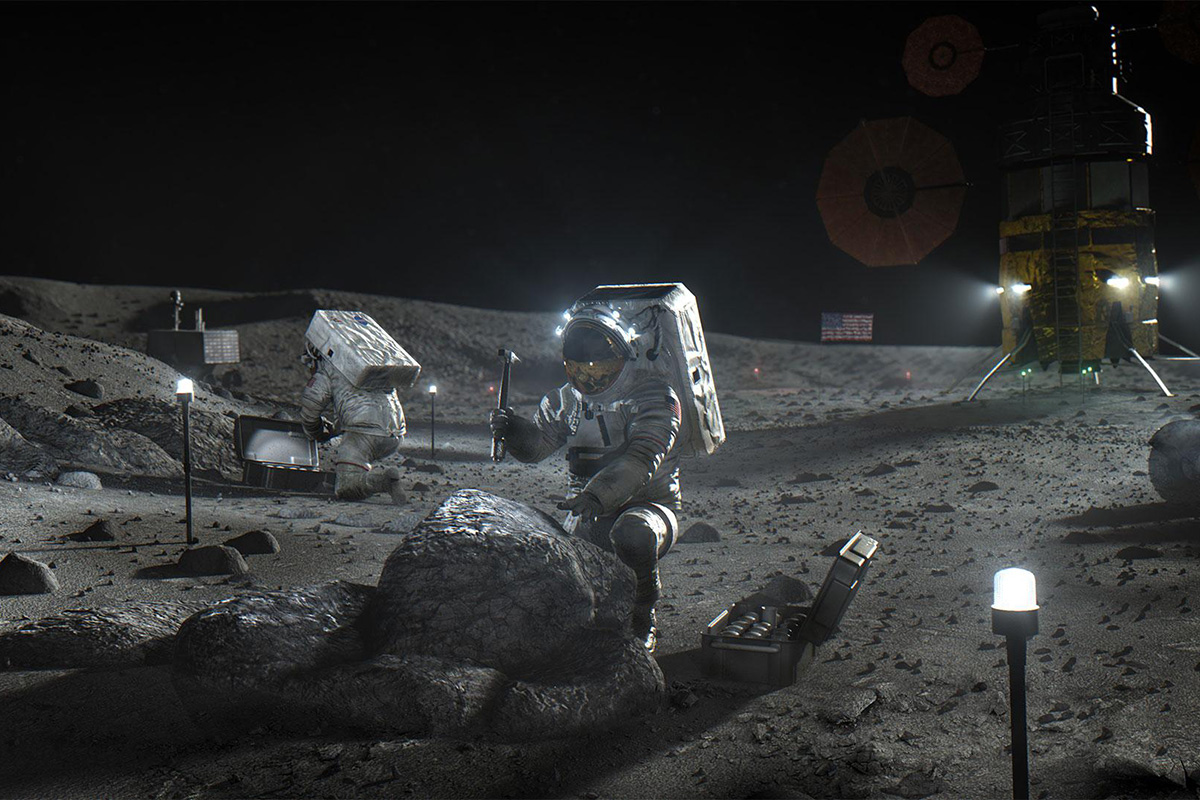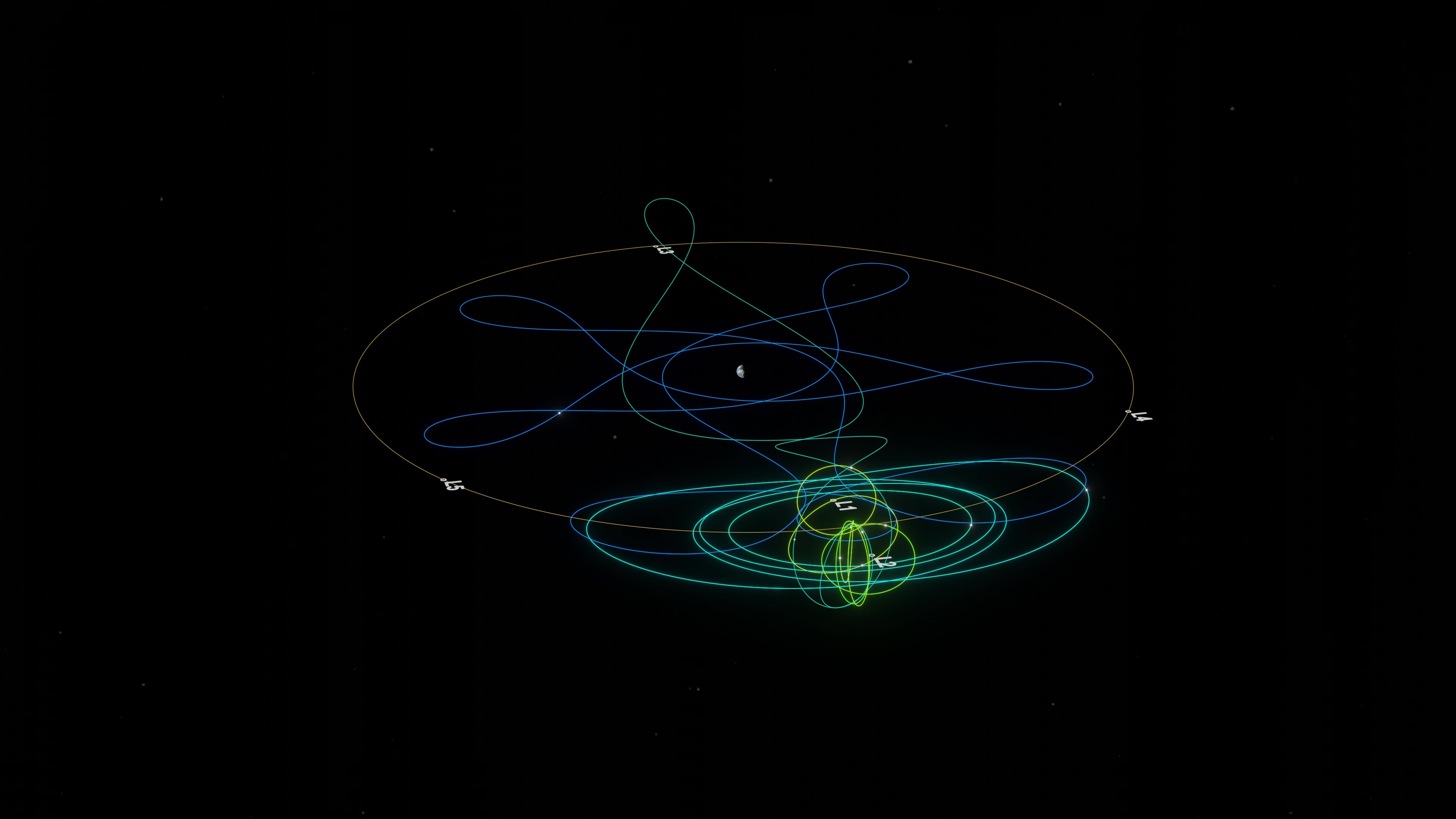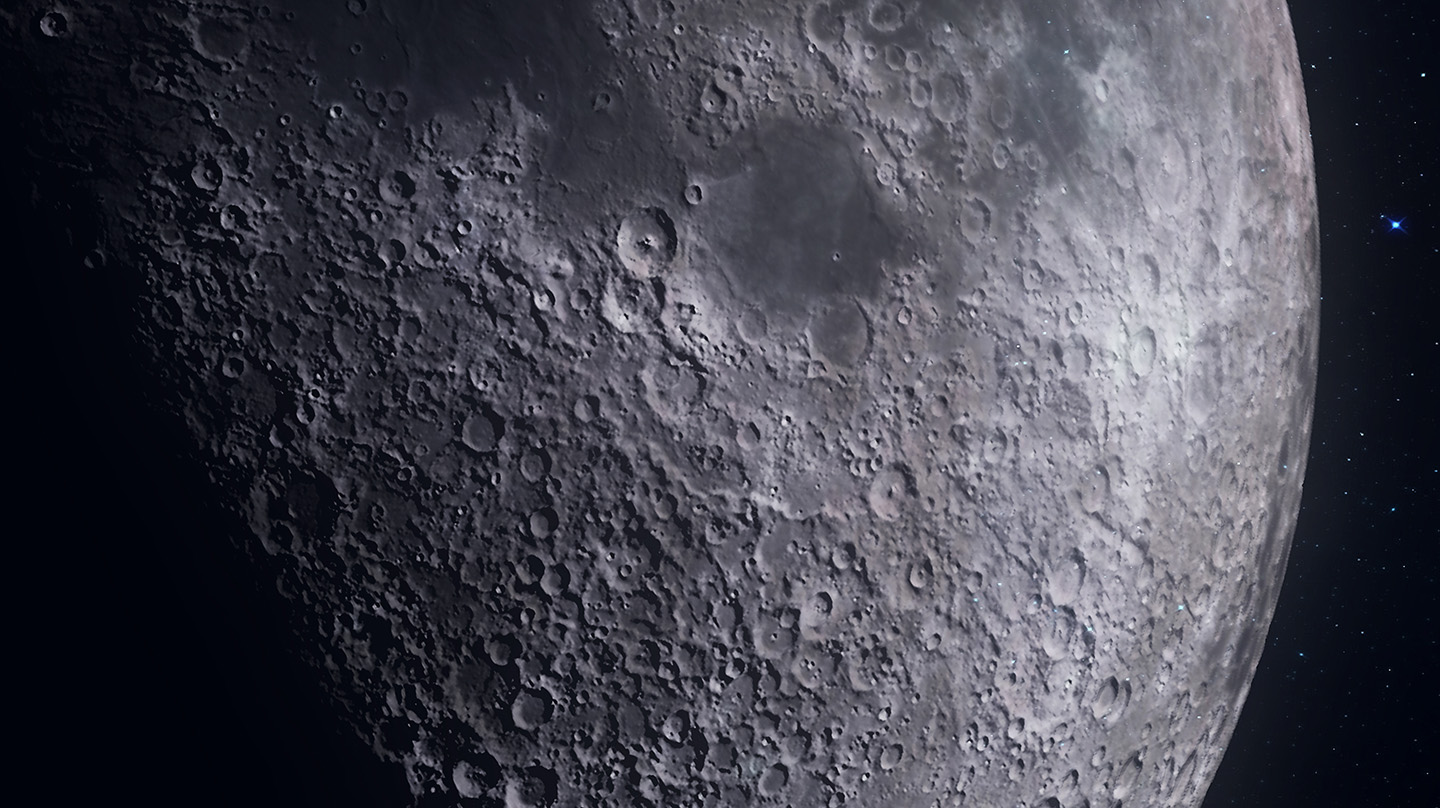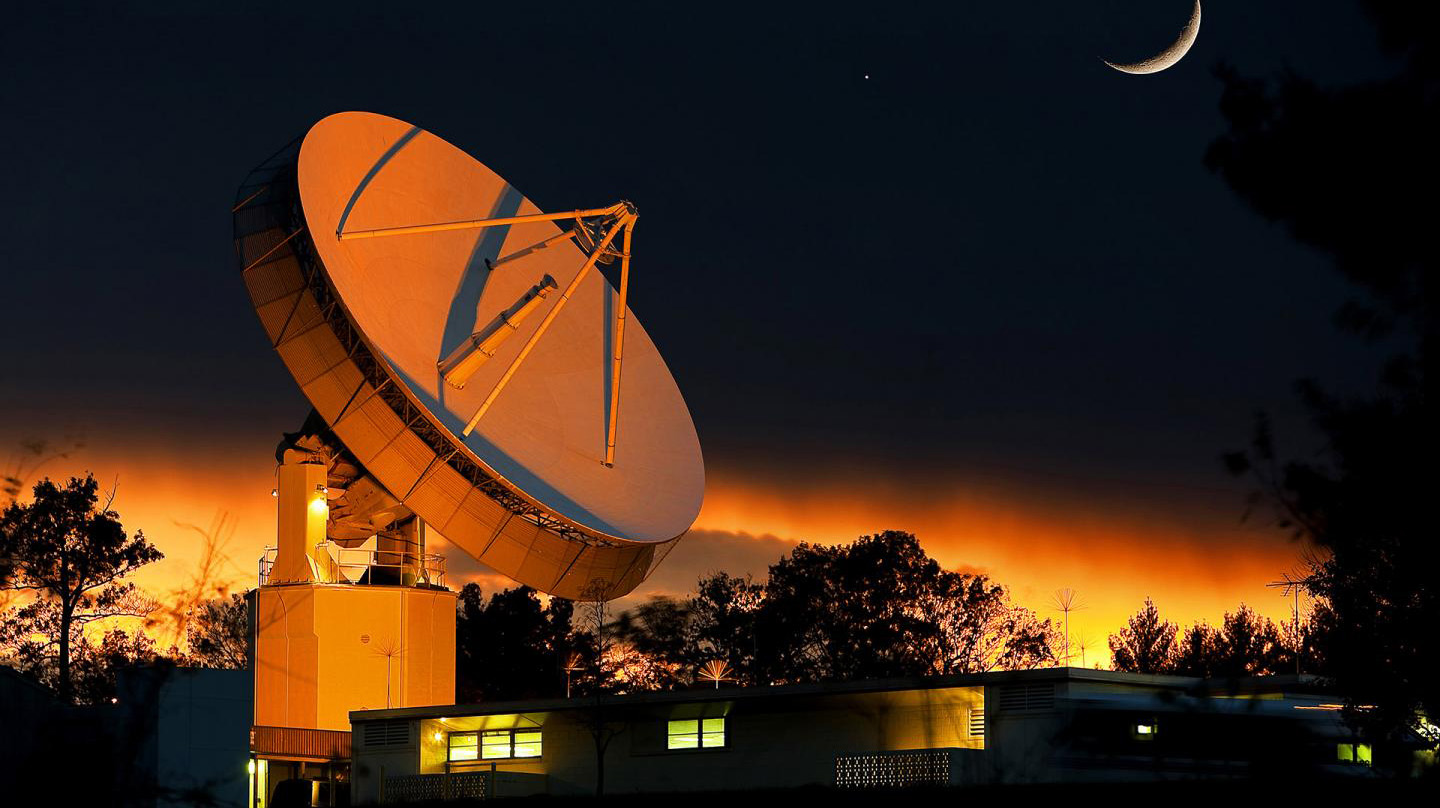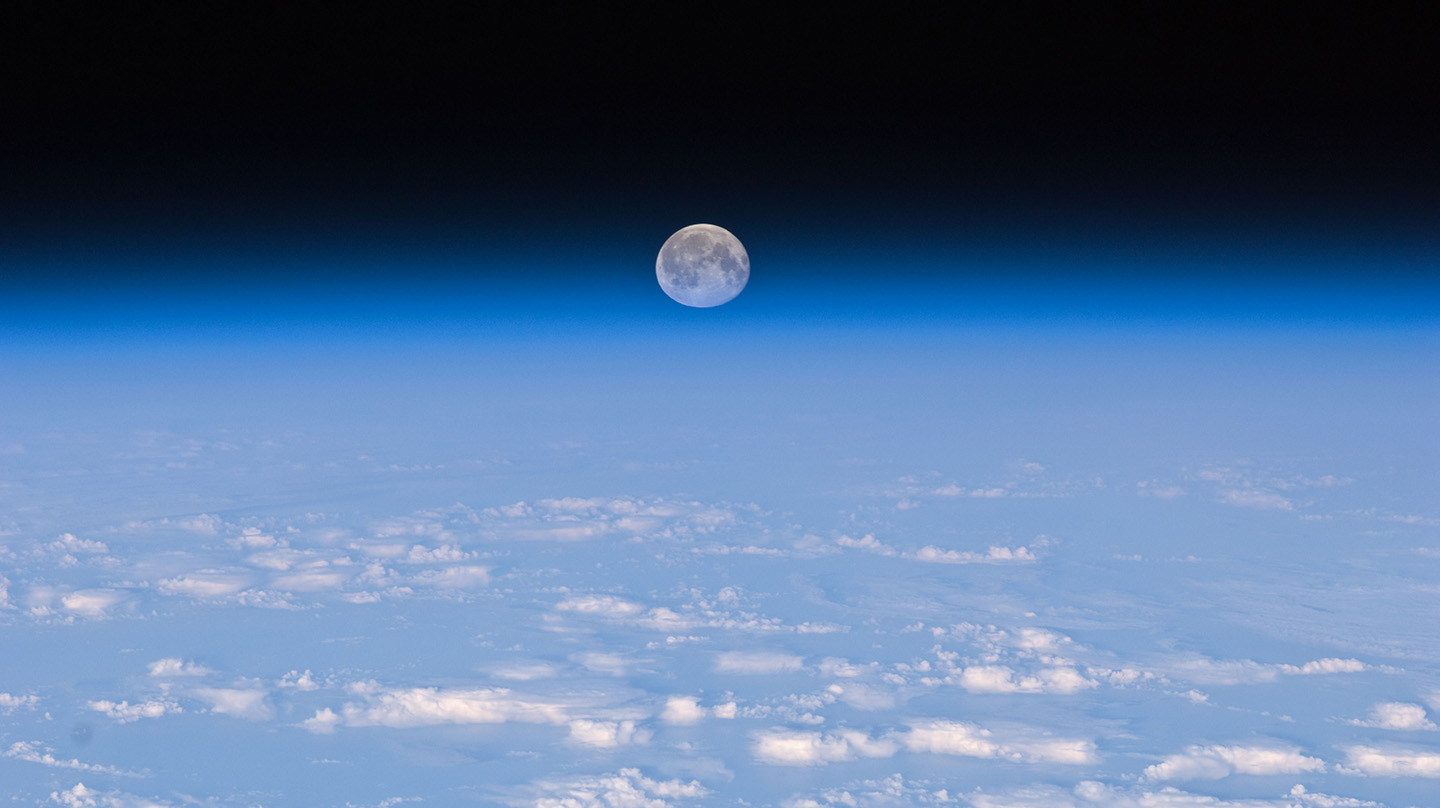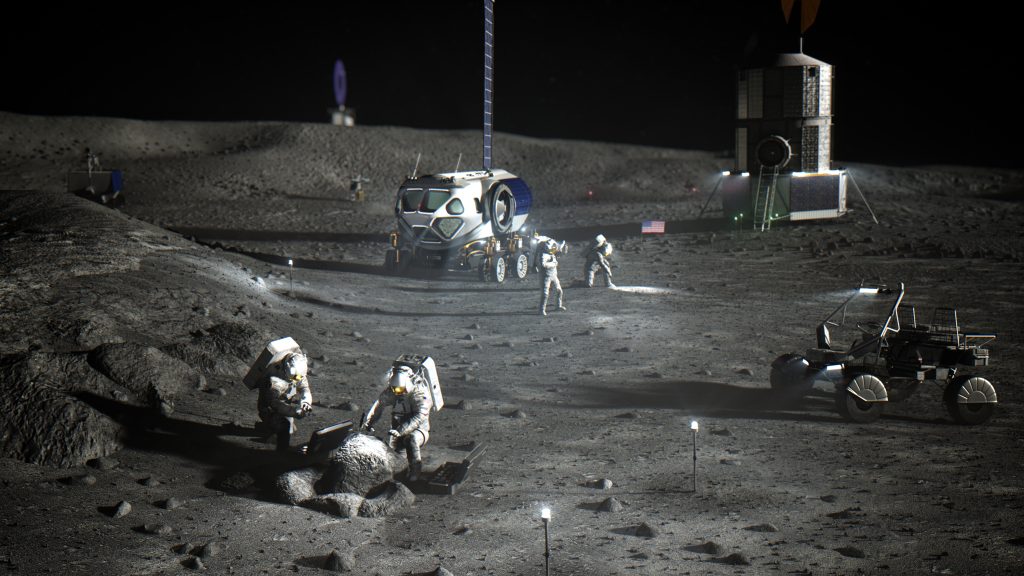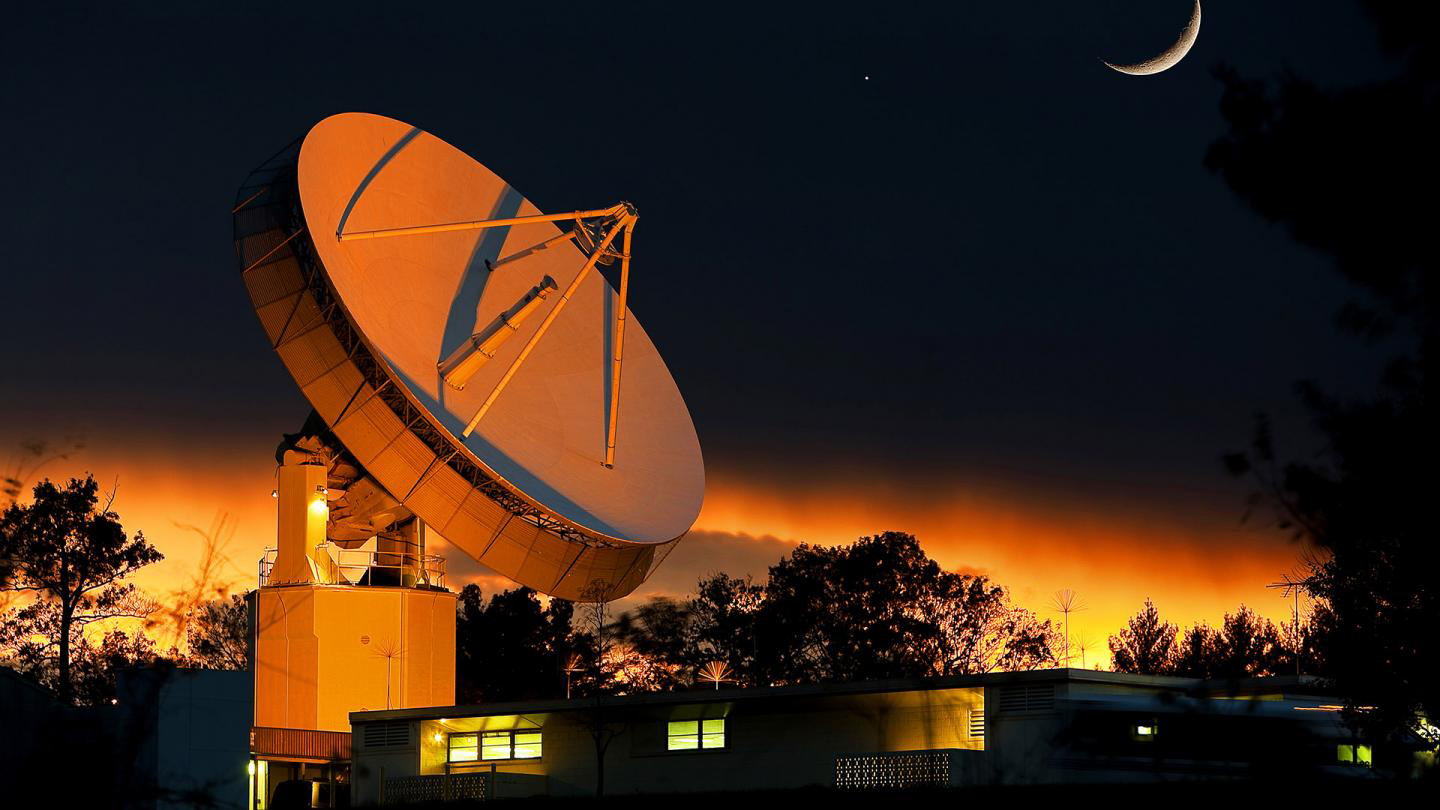
Cislunar Science and Technology
Understanding the Challenges
The Moon is a cornerstone of solar system science and the closest world beyond our own on which humans may establish a sustainable presence. The scientific, economic, and national security value of cislunar space has brought about an era of intense international cooperation and competition, marked by unprecedented utilization of the space beyond geosynchronous orbit.
With a broad and distinguished base of cislunar experts and a demonstrated ability to work across the civil and national security space domains, APL is uniquely positioned as a trusted government agent to implement and integrate critical elements of our nation’s lunar strategy. Through partnerships with government, academia, and industry, APL is making critical contributions to the development of cislunar infrastructure to ensure our nation’s security interests are protected, support development of a sustainable cislunar presence, and advance pioneering science.
Expertise in Action
Watch
Discover Cislunar Space
A New Era of Exploration in Cislunar Space
We are entering a new era of exploration—and technological innovation—in cislunar space. This vast area is a proving ground for the technologies that will shape the future of space exploration and operations.
As our nation increases its focus on cislunar space, it is critical that we develop and deploy new technology for communication and navigation in this region.
These innovations will provide vital infrastructure for human exploration and development on the Moon, and enhance the security of our nation and our allies.
Watch the video above to learn more about cislunar space.
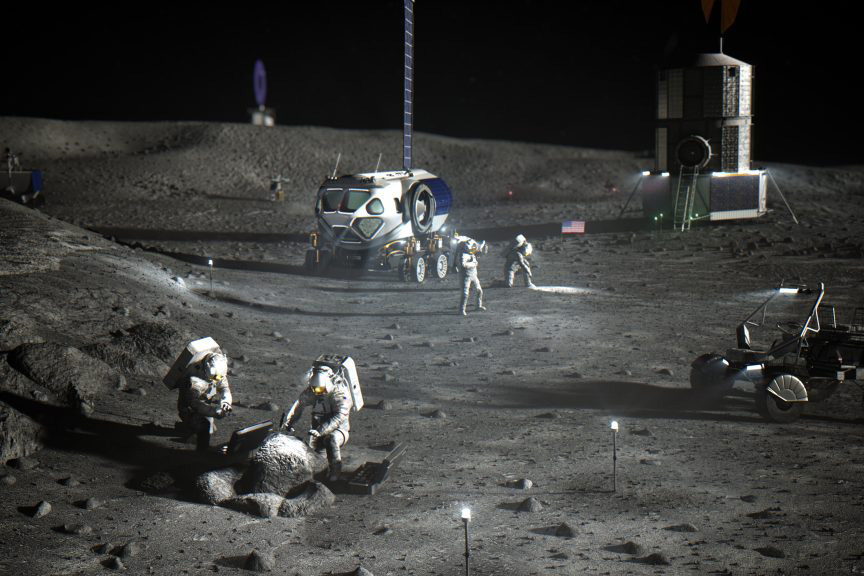
Fostering Nationwide Collaboration
On behalf of NASA, APL leads the Lunar Surface Innovation Consortium (LSIC) and the Defense Advanced Research Projects Agency’s (DARPA) Lunar Operating Guidelines for Infrastructure Consortium (LOGIC) to bring together broad coalitions of partners with expertise in lunar surface technology and infrastructure.
LSIC is a nationwide alliance of more than 300 universities, nonprofit research institutions, commercial companies, NASA centers and program offices, and other government agencies with a vested interest in establishing a sustained presence on the Moon. LSIC is harnessing the creativity, energy, and resources of the nation to keep the United States at the forefront of lunar exploration.
LOGIC will convene and encourage stakeholders across industry, academia, and government to develop operational guidelines for and address interoperability gaps in lunar infrastructure technology. LOGIC and LSIC will team up to accelerate the development of consensus-driven interoperability standards in areas such as power distribution, communications, and—like a GPS for the Moon—positioning, navigation, and timing.
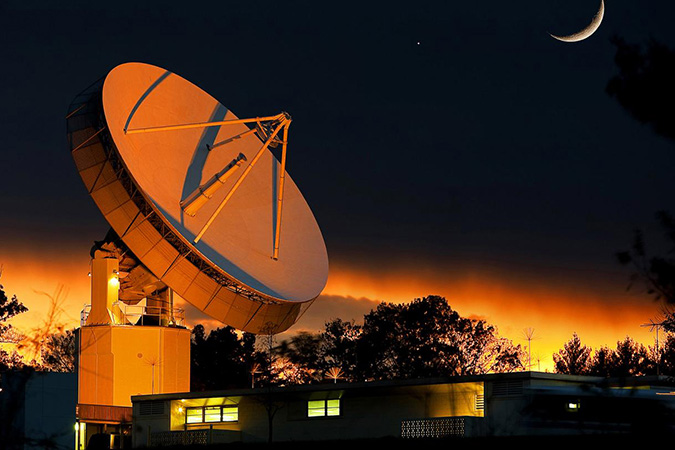
Prototyping Secure and Robust Communications Standards and Hardware
There is a critical need for secure and robust communications in cislunar space, and APL is strategically investing in prototype hardware tailored for these unique challenges. Additionally, APL is collaborating with industry partners to license and integrate APL-proven communications technologies on future spaceflight missions.

Developing Safe, Secure, and Reliable Position, Navigation, and Timing Systems
The cislunar domain lacks a common position, navigation, and timing (PNT) system like we have on Earth with GPS. This creates challenges with identifying operating locations and increases the potential for unintentional mishaps. With expertise ranging back to the Transit navigation systems that laid the foundation for what would become GPS, APL has rich history of delivering game-changing impacts related to PNT. APL works with government agencies to develop secure ways of implementing both ground and orbital systems, and APL experts lead and develop agile solutions for civil and national security sponsors.
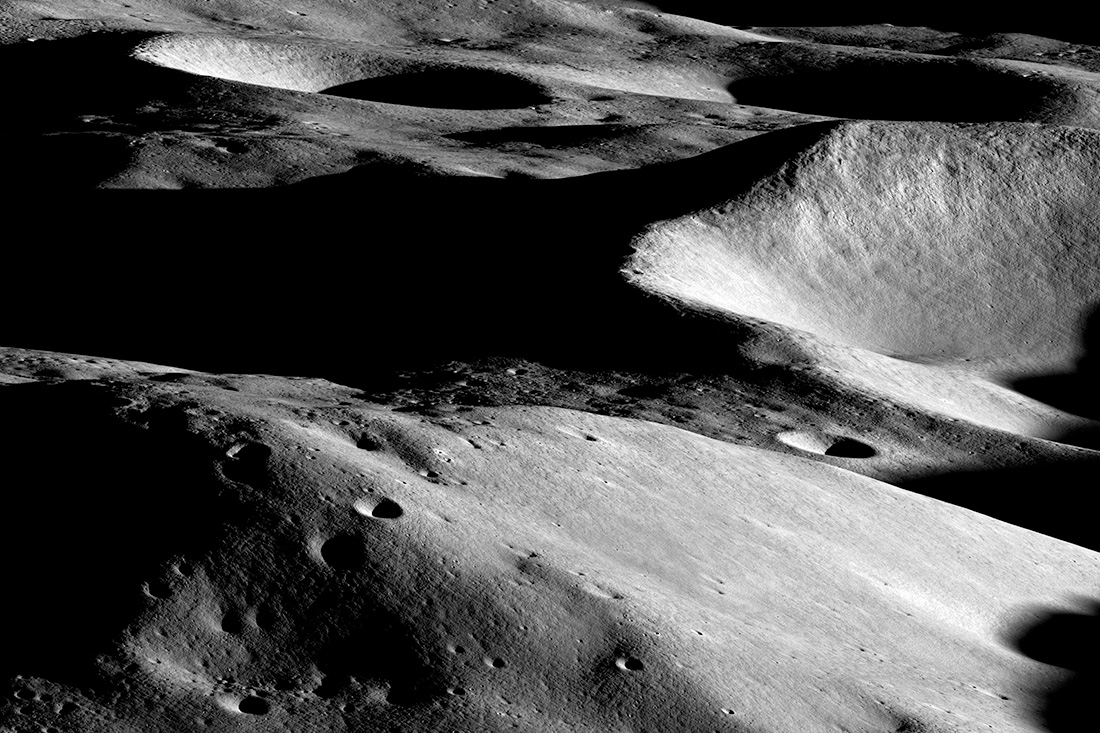
Largest Group of Lunar Surface Experts in the World
APL experts play a pivotal role in collaboratively advising our sponsors, shaping cislunar strategies, and pioneering technology applications for this critical lunar region. Notably, APL stands as a global leader in lunar science. In fact, APL has more lunar experts than any other organization in the world. Those scientists are leaders throughout the community, including chairing the Lunar Exploration Analysis Group (LEAG) and co-leading the Moon/Mercury subpanel for the recent National Academies of Sciences, Engineering, and Medicine (NASEM) Planetary Science and Astrobiology Decadal Survey, as well as holding leadership positions in NASA’s Lunar Surface Innovation Initiative (LSII) and NASA’s Solar System Exploration Research Virtual Institute (SSERVI). APL leads the Research Activities Supporting Science and Lunar Exploration (RASSLE) team, which is an international collaboration to lay the science foundation for the future of robotic exploration of the Moon. RASSLE will look into fundamental processes on the lunar surface, focusing on the cooling and crystallization of the upper mantle and the sources and redistribution of volatiles (water and other chemicals) across the Moon. APL will provide information key to mapping out the next steps in lunar exploration, understanding the geological history of the South Pole-Aitken basin, and preparing laboratory handling techniques for future cryogenic returned samples from the lunar surface.
Additionally, APL’s Satellite Communications Facility (SCF) features two independent operational antenna systems that support missions ranging from low Earth orbit through deep space, with a variety of data formats, including support for L-band, S-band, and X-band communications. The APL 18-m antenna provides full moon disk coverage in one beam at S-band, demonstrating multiple service per aperture on prior lunar missions, including with the Lunar Reconnaissance Orbiter (LRO). It can also support simultaneous lunar orbiters and lunar surface communications with one asset. The SCF has provided more than 60 years of support for sponsor missions and is one of the longest operational ground stations in the world—and continuous system improvements enable this state-of-the-art facility to continue supporting our sponsors for the foreseeable future.
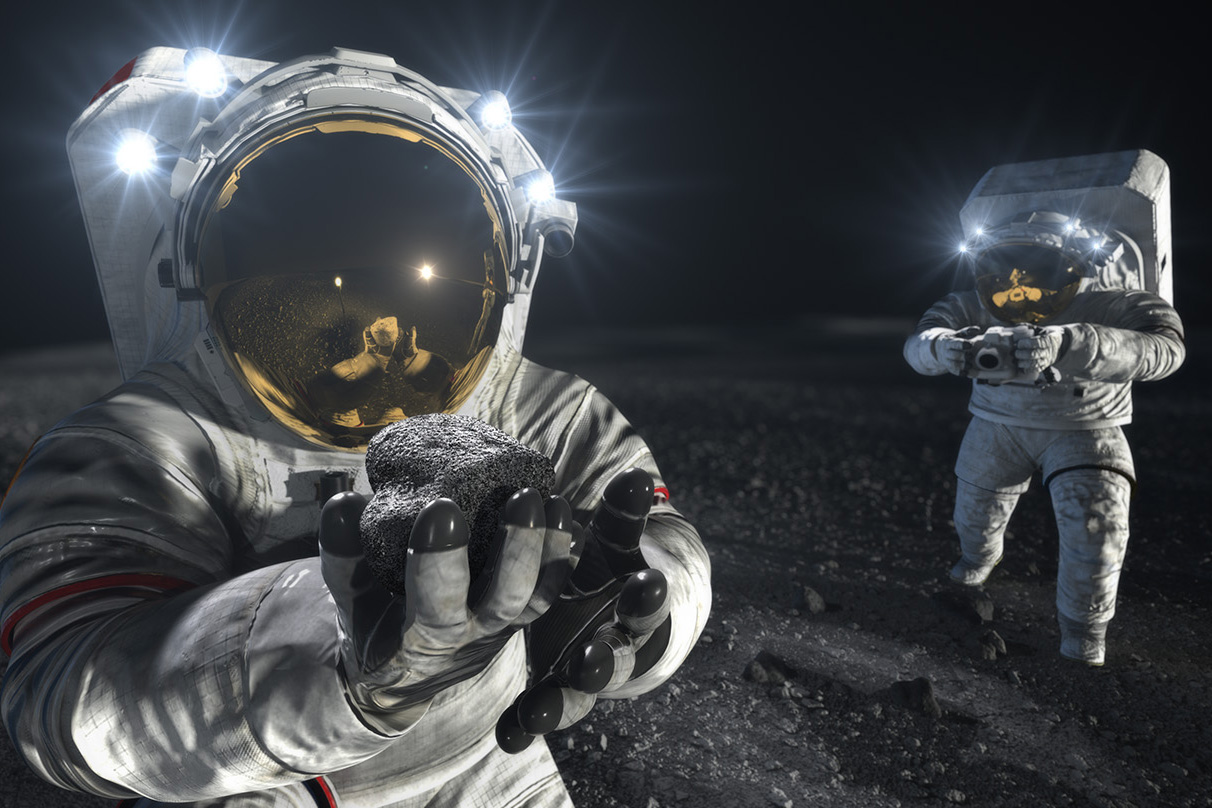
Leading Lunar Science Missions
APL heads a multi-institutional team of experts supporting the first crewed landing of NASA’s Artemis program to explore the Moon (Artemis III). The APL-led Artemis III Geology Team (A3GT) will help define Artemis III scientific objectives, support the design and execution of the surface campaign to satisfy those objectives, and devise plans to evaluate the data returned by the mission—including preliminary examination of lunar samples the Artemis crew returns to Earth.
APL is also leveraging its world-class expertise in instrument development, science suites, and mission planning on NASA’s Lunar Vertex mission—an agile, fast-moving collaboration with industry partners to execute a low-cost Moon rover mission that meets the agency’s science goals.
APL’s rich history with lunar instruments includes involvement in several of the LRO instruments. In addition to leading the mini-RF radar experiment on LRO, APL scientists participate in the Diviner Lunar Radiometer experiment, the LRO camera, and the Lyman Alpha Mapping project.
Also, in partnership with Canadensys Aerospace Corporation, NASA’s Jet Propulsion Laboratory, and the University of Oxford, APL is building an infrared imager to ride aboard Canada’s first lunar rover. Dubbed the Lunar Advanced Filter Observing Radiometer for Geologic Exploration (LAFORGE), the instrument will collect a wide swath of infrared light. Sensitive down to temperatures of minus 423 degrees Fahrenheit (minus 253 degrees Celsius), LAFORGE will measure the full range of polar temperatures on the lunar surface, including in permanently shadowed regions that contain water ice. The APL team is on track to complete the instrument on schedule in late 2025.

Cislunar Space Domain Awareness
America and its allies aren’t the only nations positioned for cislunar operations. Developing the precise cislunar space domain awareness required for safe operations is difficult, yet it is an area in which APL has talent, experience, and a history of innovation. Employing cutting-edge orbital dynamics, advanced modeling and simulation, and intricate spaceflight expertise, scientists and researchers at APL are tackling the cislunar challenge head on by exploring novel uses of existing technology, such as Very Long Baseline Interferometry (VLBI), to improve spacecraft sensing and tracking. Simultaneously, another APL team is gathering data to form a database of artificial objects orbiting cislunar and deep space. This catalog will help mission managers avoid interferences, like collisions, and operate more safely.
Upcoming Events
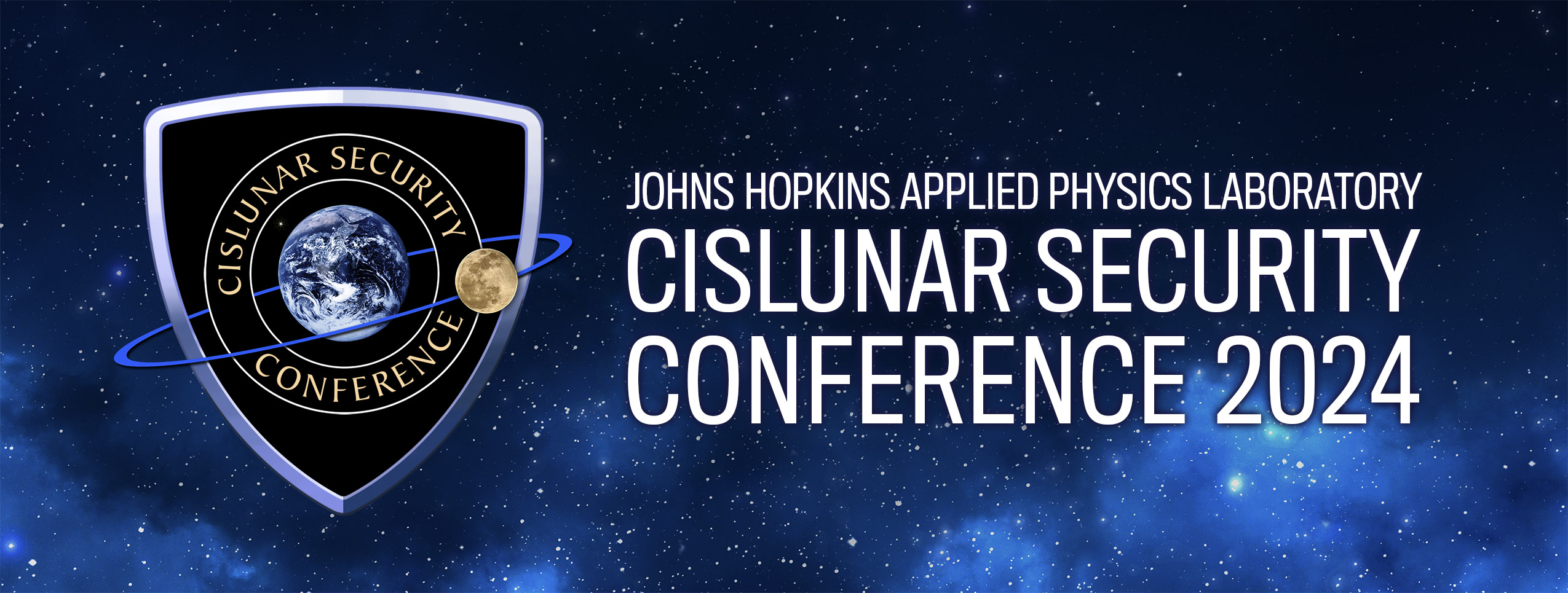
Location: Johns Hopkins APL
Cislunar Security Conference
APL hosts the annual Cislunar Security Conference—a forum on the technology, policy, doctrine, and strategy implications of ensuring free access to, transit to, and use of the Earth-Moon system beyond geosynchronous equatorial orbit. The goal for this conference is to encourage a national technical discourse on domain awareness; policy and strategy; communications and infrastructure; trajectory design; threats; and position, navigation, and timing for cislunar security. The findings from this cadre of experts have been synthesized as input to the White House’s National Cislunar Science and Technology Strategy, released at the 2022 conference.

Cislunar Tabletop Exercise
As cislunar operations have evolved and become more connected across government, industry, and the military, the need for joint planning and execution across the whole of government has become more important than ever before. APL is leading a large-scale tabletop exercise that will unite key stakeholders and decision-makers to address a scenario and work through the simulation that exercises potential friction points that arise during the exercise. From here, leaders can shape better processes and policies for successful future operations in the cislunar domain.
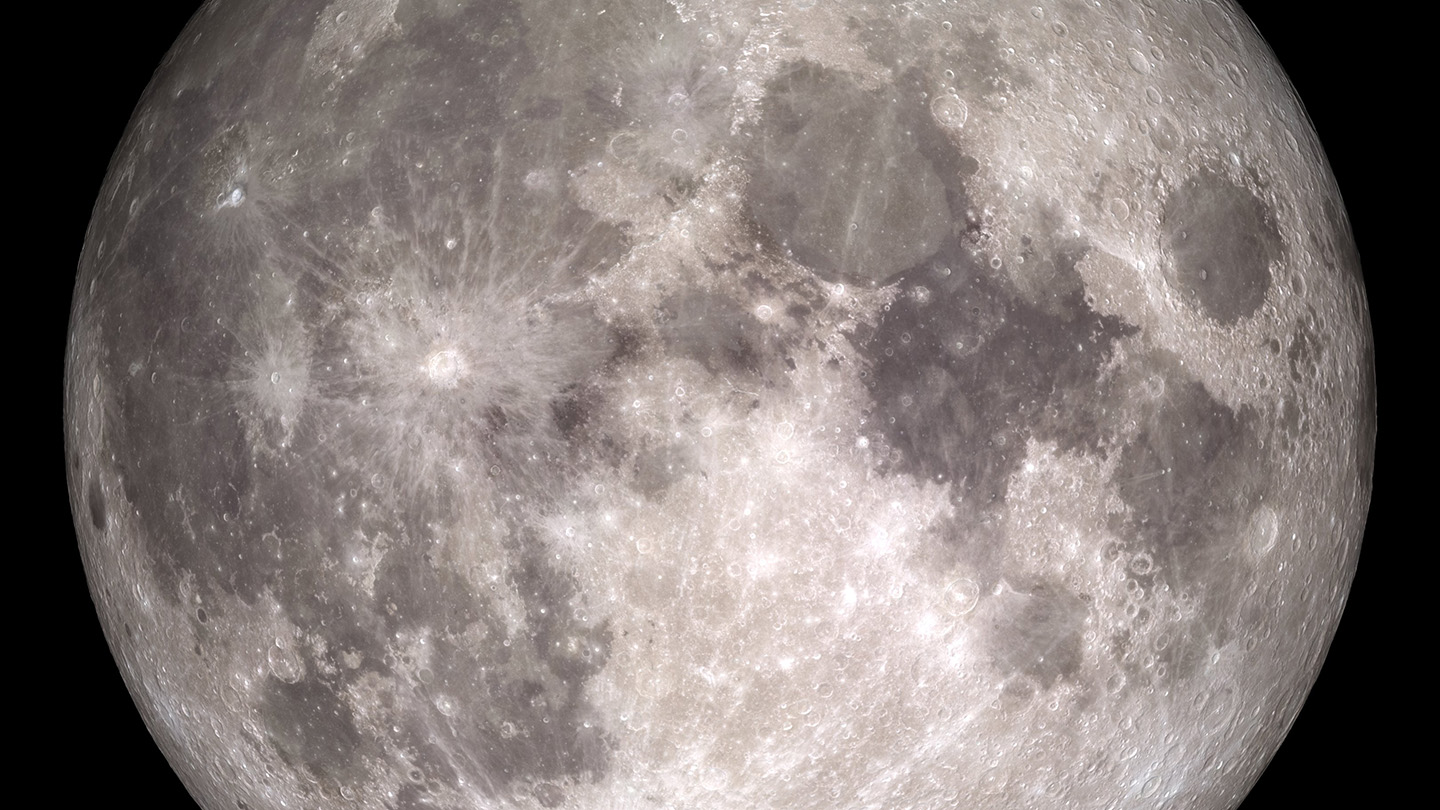
2028: International Lunar Year
This globe-spanning initiative brings together scientists from around the world to push the envelope of research in the cislunar domain. Through research grants, shared scientific results, and collaborative endeavors, International Lunar Year is an opportunity for humanity to come together to work toward a common cause—a better understanding of the cislunar environment for all.
Missions
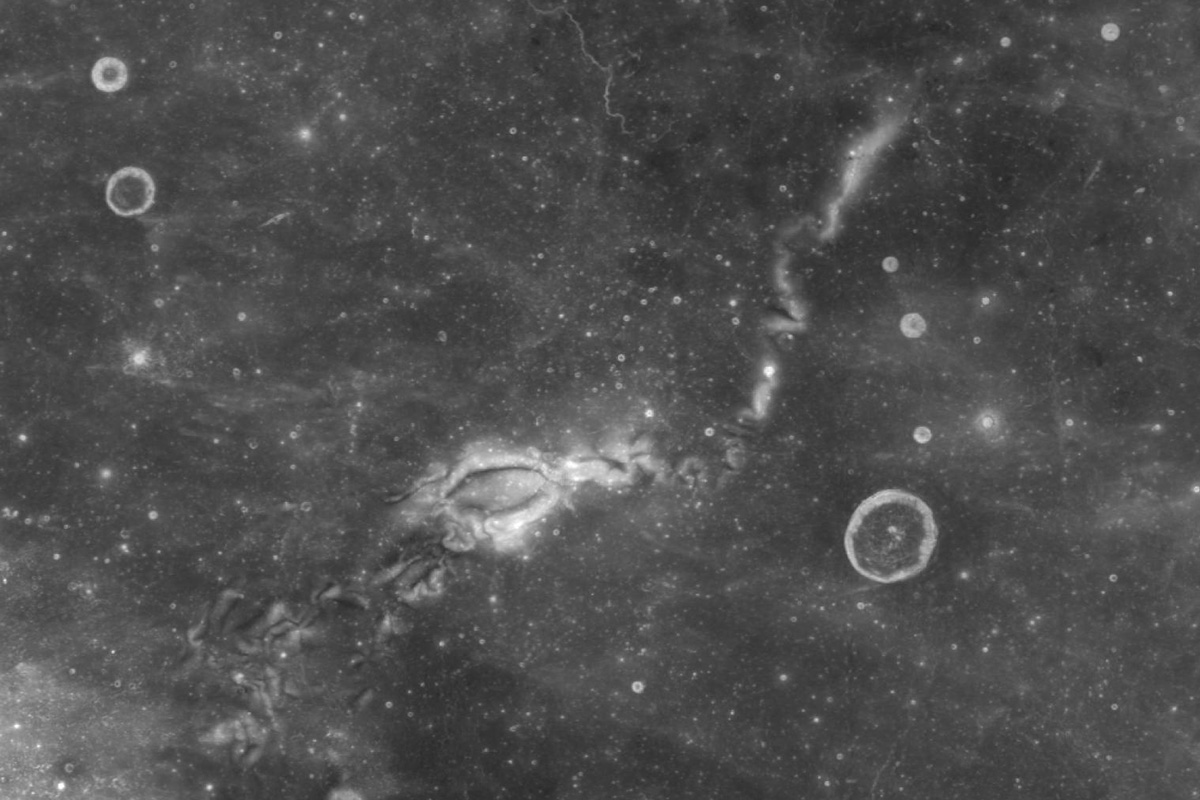
Lunar Vertex Moon
Instruments

Vector Magnetometers Moon

Mini-RF Moon
Initiatives
While APL may be known for engaging in space-firsts and building first-of-its-kind spacecraft that deflect asteroids or touch the Sun, it also has a deep knowledge base of science and engineering experts who provide critical contributions to critical challenges. Through initiatives like Planetary Defense, Heliophysics and Space Weather, and Cislunar Operations, APL is able to deliver game-changing impacts for civil and national security.
